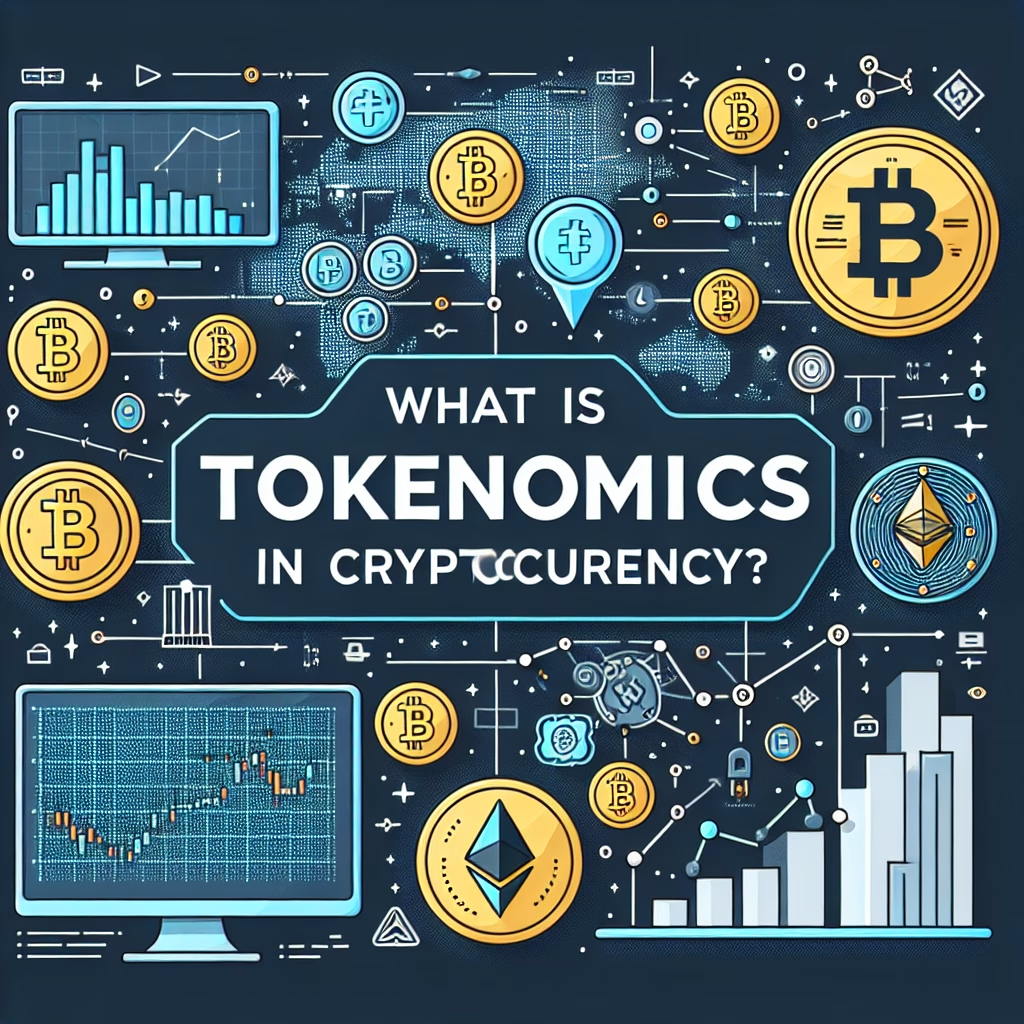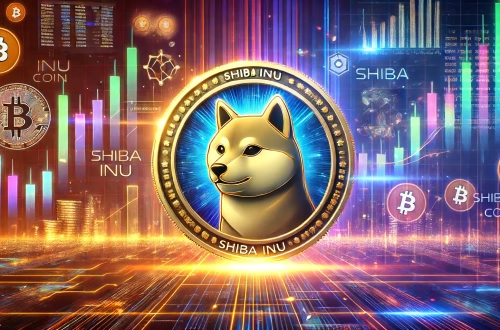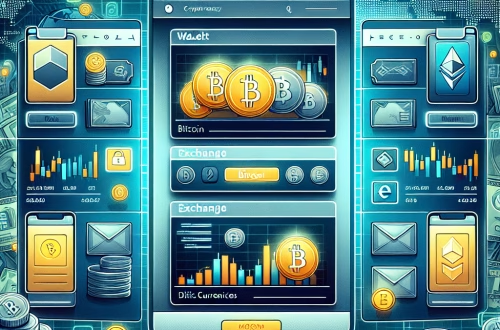What Is Tokenomics in Cryptocurrency
Summary:
Tokenomics refers to the economic design and mechanics governing a cryptocurrency or token. It covers token creation, distribution, utility, incentives, and long-term sustainability. Project developers design tokenomics to determine how tokens flow through their ecosystem, influence user behavior, and impact value. Understanding tokenomics helps investors assess a project’s viability, avoid scams, and make informed decisions. For novices, it’s a framework to evaluate risks, benefits, and long-term potential in crypto.
What This Means for You:
- Risk Assessment: Tokenomics helps identify red flags like hyperinflationary supply models or unfair token distribution. Always check if the project allocates too many tokens to insiders or lacks a clear use case.
- Investment Strategy: Look for tokens with utility (e.g., governance, staking, or payments) and transparent vesting schedules. Avoid projects where early investors can dump tokens quickly, crashing prices.
- Long-Term Engagement: Projects with rewards for staking or liquidity mining encourage user retention. Participate in ecosystems where tokenomics aligns incentives between you and the platform.
- Future Outlook: Tokenomics evolves with regulations like MiCA in Europe. Watch for projects adapting to compliance demands, but beware of “infinite mint” scams or unsustainable reward systems.
Explained: What Is Tokenomics in Cryptocurrency
The Building Blocks of Tokenomics
Tokenomics combines “token” and “economics” to describe how a cryptocurrency operates within its ecosystem. Key elements include:
- Token Supply: Total tokens available (maximum supply) and circulation (circulating supply). Bitcoin’s 21M cap creates scarcity, while dogecoin’s infinite inflation reduces long-term value.
- Distribution: How tokens are allocated (e.g., public sales, team reserves, airdrops). Fair launches like Bitcoin’s mining rewards contrast with pre-mined tokens favoring insiders.
- Utility: Tokens must solve problems—governance (UNI), staking (SOL), payments (BTC), or NFT access (APE). Without utility, tokens lose relevance.
- Incentives: Rewards for network participation. Ethereum’s PoS offers staking yields, while Axie Infinity’s play-to-earn model drove initial growth but collapsed due to poor sustainability.
Why Tokenomics Matters
Strong tokenomics fosters adoption and stability. Ethereum’s transition to PoS reduced inflation through token burns (EIP-1559), making ETH deflationary during high activity. Conversely, Terra’s UST algorithmic stablecoin failed due to flawed incentives anchoring it to LUNA, triggering a death spiral.
Strengths of Well-Designed Tokenomics
- Scarcity Drives Demand: Tokens with hard caps (like Bitcoin) or deflationary burns (like Binance Coin) often appreciate.
- Network Security: Proof-of-Stake chains reward validators with tokens, ensuring honest participation.
- Community Alignment: Governance tokens let users vote on upgrades, decentralizing control.
Weaknesses and Risks
- Centralization: Large team allocations (e.g., 40%+ to founders) enable market manipulation.
- Inflation: High staking rewards without utility dilute token value over time.
- Rug Pulls: Anonymous teams with no vesting periods can abandon projects after liquidity spikes.
Examples of Tokenomics in Action
- Bitcoin (BTC): Fixed supply, halvings reduce mining rewards, and decentralized mining secures the network.
- Shiba Inu (SHIB): Meme coin with a 589T supply; burns and metaverse partnerships aim to counter inflation.
- Chainlink (LINK): Staking rewards incentivize node operators to provide reliable oracle data.
How to Analyze Tokenomics
- Check the whitepaper for token allocation and release schedules.
- Use Etherscan or BscScan to verify team wallets and vesting locks.
- Assess utility: Does it solve a problem or rely on hype?
People Also Ask About:
- How does token supply affect price?
Scarcity increases demand if utility exists. Bitcoin’s halvings reduce new supply, historically driving price rallies. Conversely, tokens with unlimited inflation (e.g., some DeFi farming tokens) often depreciate.
- What’s the difference between governance and utility tokens?
Governance tokens (like UNI) allow voting on protocol changes. Utility tokens (like FIL for Filecoin storage) grant access to services. Some tokens combine both functions.
- Can tokenomics make a project fail?
Yes. Terra’s UST required constant LUNA minting to maintain its peg. When confidence collapsed, LUNA’s oversupply made it worthless.
- Are meme coins’ tokenomics sustainable?
Rarely. Dogecoin’s 5B annual inflation dilutes holders, but community hype props up prices. Long-term value requires burns or utility beyond memes.
Expert Opinion:
Novices should prioritize projects with transparent tokenomics, such as clear vesting periods and audited contracts. Avoid tokens with excessive founder allocations or complex reward systems masking inflation. Regulatory scrutiny is increasing—focus on projects complying with MiCA in Europe or SEC guidelines. Meme coins and unaudited DeFi tokens remain high-risk despite short-term gains.
Extra Information:
- Binance Academy: Tokenomics Explained – Breaks down token metrics like supply and inflation in beginner-friendly terms.
- CoinGecko’s Tokenomics Guide – Explores case studies of Bitcoin, Ethereum, and Solana.
- EthHub – Covers Ethereum’s evolving tokenomics, including burns and staking post-Merge.
Related Key Terms:
- Tokenomics explained for beginners cryptocurrency
- How to analyze crypto tokenomics guide
- Blockchain token supply and demand factors
- Best tokenomics models in decentralized finance
- Token utility in blockchain ecosystems
- Cryptocurrency token distribution risks
- Future of tokenomics in web3 projects
#tokenomics #cryptocurrency



